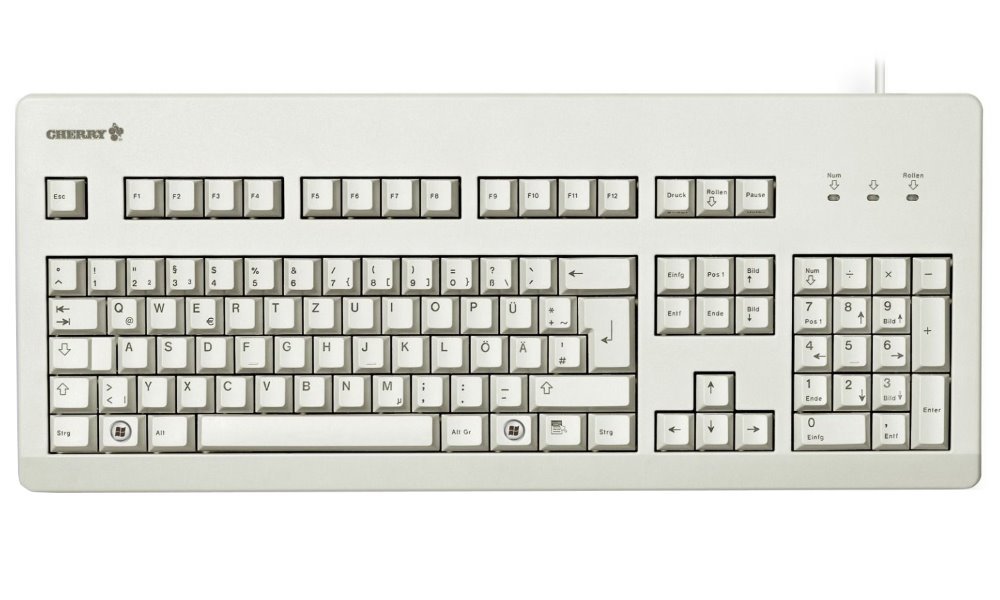

SWITCHING LAYOUTS KURZWEIL 3000 PORTABLE
The available Intel Portable Capture Station functions as a stand for the Intel Reader to easily and quickly capture text from books and other documents.Īt about the size and weight of a paperback book, the Intel Reader is mobile enough to use in any environment. During playback, words are highlighted as they are read aloud, and the user can pause and have the device spell out highlighted words. It features a high-resolution camera that captures printed text, converts it to digital text and reads it to the user. The Intel Reader is a mobile handheld device that uses TTS technology to read printed text aloud. With the advances in speech synthesis, TTS technology is more accurate and lifelike than ever. The technology works by scanning and then reading the words to the student in a synthesized voice, using a large number of speech sounds that make up words in any given context. However, other students can benefit from TTS technology, such as children that have autism, attention deficit hyperactivity disorder (ADHD) or an intellectual disability. Common print disabilities can include blindness, dyslexia or any type of visual impairment, learning disability or other physical condition that impedes the ability to read.
SWITCHING LAYOUTS KURZWEIL 3000 SOFTWARE
Text to SpeechĪs an assistive technology, text-to-speech (TTS) software is designed to help children who have difficulties reading standard print. Several areas of assistive technology and sample products may be found in any given classroom, making a difference in how students of all abilities learn. Ranging in sophistication from “low” technologies such as a graphic organizer worksheet to “high” technologies including cutting-edge software and smartphone apps, assistive technology is a growing and dynamic field. Today, assistive technology can help students with certain disabilities learn more effectively. One tool to help students with disabilities even in the face of a special education teacher shortage is assistive technology. Based on the Department of Education’s Teacher Shortage Area Nationwide Listing, 47 states in the 2014-15 school year were in need of special education instructors. Additionally, the NEA reports that nearly every general education classroom in the country includes students with disabilities, as three out of every four students with disabilities spends part or all of their school day in a general education classroom.īut as the number of students in special education programs has increased, the supply of special education instructors has not kept pace. students enrolled in special education programs has risen 30 percent over the past 10 years. According to the National Education Association (NEA), the number of U.S.


 0 kommentar(er)
0 kommentar(er)
